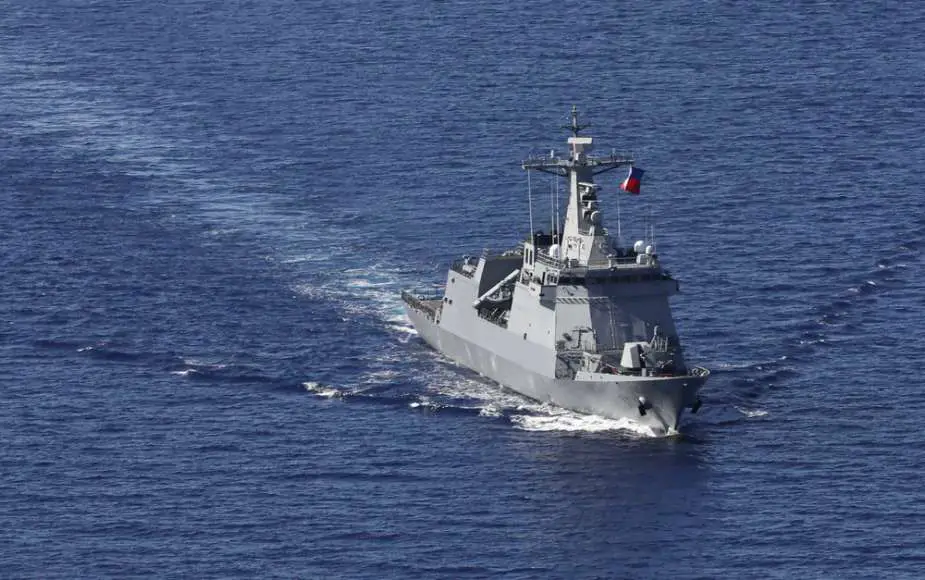Breaking news
Philippines & US conduct Anti Submarine Warfare ASW exercise.
According to information published by the Philippine News Agency on October 10, 2023, naval vessels from the Philippines and the United States have teamed up for anti-submarine warfare (ASW) exercises in the waters of Southern Luzon.
Follow Navy Recognition on Google News at this link
 Philippine Jose RIzal class frigate BRP Antonio Luna. (Picture source: Dvids)
Philippine Jose RIzal class frigate BRP Antonio Luna. (Picture source: Dvids)
Lt. Kim Paulo Lopez, the spokesperson for Naval Forces Southern Luzon (NFSL), revealed that an expendable mobile anti-submarine warfare training target (EMATT) was employed during the drills. This device simulates the acoustic patterns of submarines, allowing the naval teams to hone their ASW strategies.
Among the key vessels participating in Exercise Samasama, which spans from October 2nd to 13th, are the BRP Antonio Luna (FF-151) from the Philippines and the USS Dewey (DDG-105) from the US Navy.
The ASW exercises are a segment of Exercise Samasama's three-day sea phase, which commenced this past weekend.
In addition to the ASW drills, other activities included a "communications check" between the USS Dewey and the US Marine Corps' shore-based units. This was to ensure the functionality of sensors and communication systems.
Lt. Lopez further detailed that Navy ships initiated the maritime domain awareness (MDA) exercise, which was followed by a visit board search and seizure (VBSS) exercise. This VBSS exercise saw joint boarding forces from both the Philippines and the US.
During the MDA, naval vessels adopted protective formations, focusing on understanding maritime territories, vessel movements, and environmental factors. The MDA exercise also witnessed participation from US P-8 and PN King Air C-90 aircraft, emphasizing the importance of shared information for maritime security.
Post the VBSS exercise, the USS Dewey and BRP Antonio Luna engaged in replenishment at sea approaches with the supply ship USNS Wally Schirra (T-AKE-8).
ASW exercise
An anti-submarine warfare exercise is a military training operation where naval forces practice the skills needed to detect, track, and neutralize or destroy enemy submarines.
These exercises are essential for maintaining naval readiness against submarine threats. In a typical exercise, one or more submarines, either from the same navy or allied navies, play the role of the "enemy," tasked with evading detection and sometimes "attacking" targets.
Surface ships, aircraft, and other submarines use their sonar and sensors to locate these "enemy" submarines. Once detected, the next step is to simulate neutralizing the threat using torpedoes, depth charges, or other anti-submarine weapons.
Actual weapons aren't detonated during these exercises, but their deployment is simulated for training purposes. After the exercise, participants analyze their performance to refine tactics and improve future responses.
These exercises often involve collaboration between multiple naval vessels and aircraft, and many navies conduct joint exercises with allied nations to strengthen international cooperation and share best practices.


























